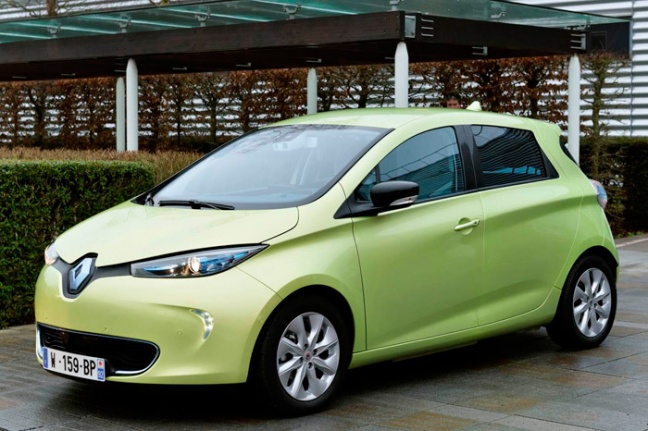Zelfrijdend taxi concept wint ‘New Designers’ Ford Award
- Gepubliceerd in Ford
COVID-19 heeft nieuwe uitdagingen voor mobiliteit gecreëerd. Social distancing heeft impact op het openbaar vervoer, het doorgaand verkeer wordt beïnvloed door bezorgers en gezondheidsrisico's zijn verhoogd.
Marius Lochner, afgestudeerd op transport design aan de Staffordshire University in het V.K., heeft een unieke oplossing voor in het bijzonder mensen met een beperkte mobiliteit. Met de uitvinding kunnen deze mensen veilig op pad gaan, terwijl zij social distancing in acht kunnen nemen.
Lees het bericht hieronder in verder in het Engels:
The "muvone" concept, developed by Marius Lochner, has won the Ford "New Norm Mobility Award". This challenged design graduates to develop mobility concepts, ideas and solutions that address the new scenarios presented by COVID-19. As a self-driving taxi for one, the "muvone" concept puts the priority on secure individual mobility, enabling people to travel where and when they want in comfort.
"The COVID-19 crisis has greatly influenced our lives, changing the way people and goods move, and creating a 'new normal' for everyone," said Chris Hamilton, chief designer, Ford of Europe. "This requires new ideas for apps, features, designs and mobility, at a time when the vehicle is a preferred private space and personal health is more important than ever."
The "muvone" concept features a minimalist interior with flat surfaces and easy-to-clean materials so the vehicle can be disinfected between journeys. Designed to enable greater social inclusion at a time when disabled people need it most, the ease of accessibility makes "muvone" highly suitable for senior citizens and people with restricted mobility.
The award is part of the "New Designers Awards" – the largest design graduate show in the U.K. – open to students graduating in design. This year, the show was held virtually. For his winning concept, Lochner receives £1,000 (€1,120), plus a semester of mentoring from Ford of Europe chief designers Ernst Reim and Sonja Vandenberk, who were part of the judging panel along with Hamilton and Amko Leenarts, Ford's European director of Design.
The award was run in partnership with Top Gear Magazine. Charlie Turner, editorial director of Top Gear, was part of the judging panel and gave detailed feedback on all the design proposals.
"The breadth and creativity shown in the entries for this challenge was deeply impressive and articulated the true depth of next-generation talent coming through the education system. However, it didn't make picking a winner easy at all," said Turner.
As a smart vehicle for a smart world – one that puts the focus on the privacy and security of the individual – "muvone" sits very closely with Ford's human-centric approach to design. The concept's welcoming design language, thoughtful branding and suitability for use with current urban infrastructure helped elevate it above the other entries.
Runner-up in the award was HALO Project, an idea for an app that helps users make travel choices and choose routes based on personal safety, rather than the fastest or shortest journey. Other entries included concepts for micro-mobility such as electric scooters and ride-on devices, and also for larger vehicles, such as an electric truck, a driverless chauffer vehicle, and a vehicle that could be transformed from a sports car to a truck at the push of a button.

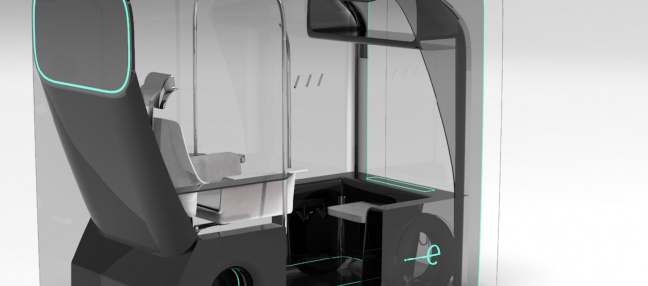
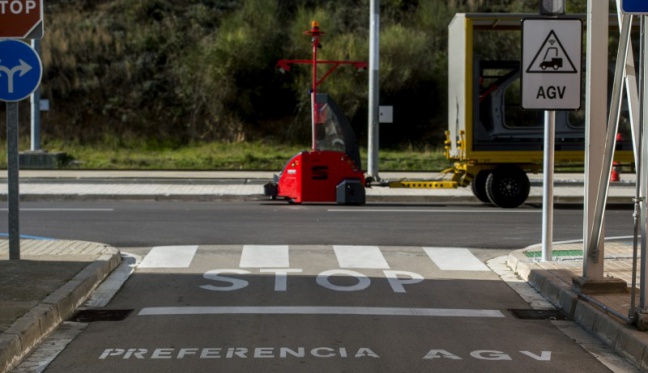
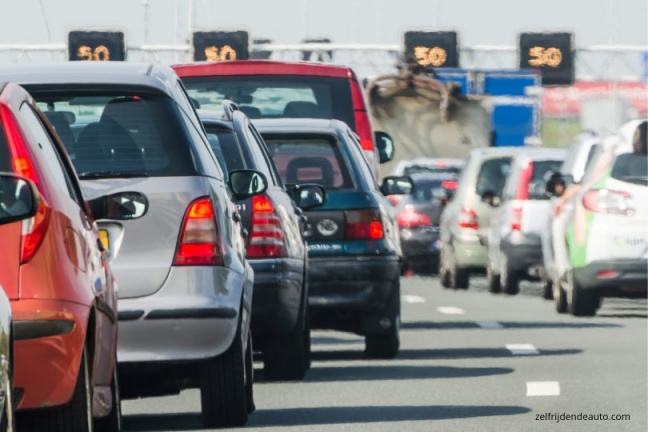
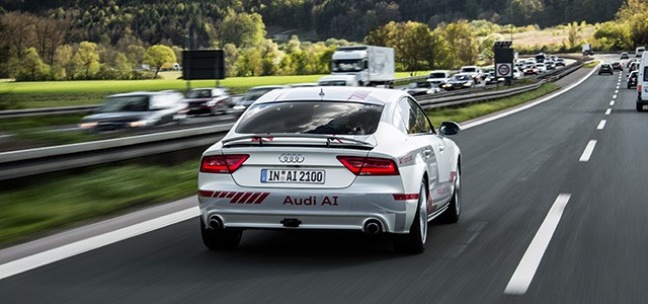
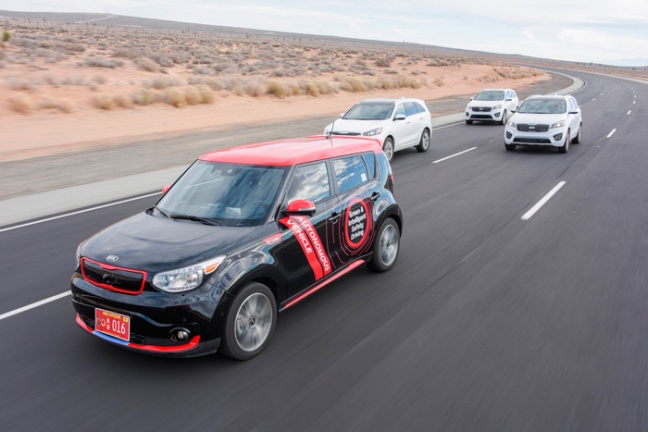
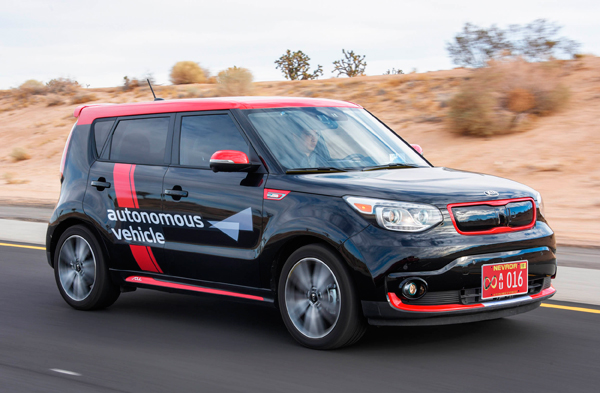 De eerste DRIVE WISE-technologieën worden door Kia in de eerste gedeeltelijk autonoom rijdende auto in 2020 geïntroduceerd, maar worden nu alvast gepresenteerd op de Consumer Electronics Show 2016 (CES), die van 6 tot en met 9 januari 2016 in Las Vegas plaatsvindt.
De eerste DRIVE WISE-technologieën worden door Kia in de eerste gedeeltelijk autonoom rijdende auto in 2020 geïntroduceerd, maar worden nu alvast gepresenteerd op de Consumer Electronics Show 2016 (CES), die van 6 tot en met 9 januari 2016 in Las Vegas plaatsvindt.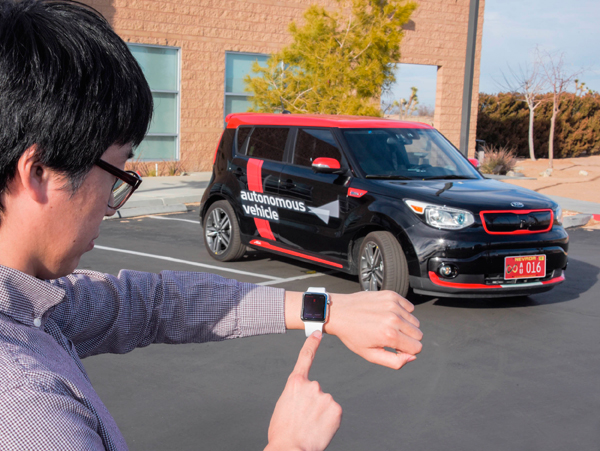 Volgende generatie van interactie met de auto
Volgende generatie van interactie met de auto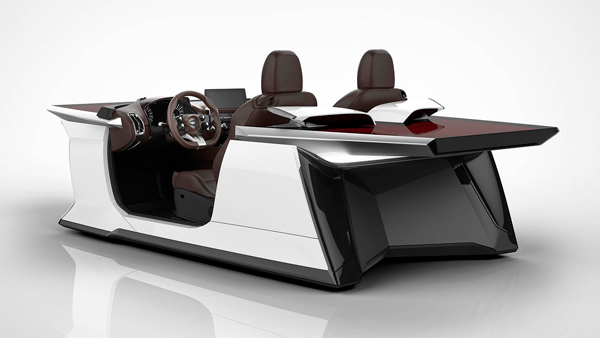 In de I-Cockpit display die Kia op de CES presenteert bevindt zich de volgende generatie HMI gebaseerd op het concept van ‘blinde controle’. Dit houdt in dat de auto te bedienen is doormiddel van een vingerafdruk- en gebarenherkenning. Zo worden individuele voorkeuren van de rijder onmiddellijk herkend door het starten van de auto met hun vingerafdruk of smartwatch en past de auto automatisch de informatie aan naar de gewenste instellingen en muziek van de bestuurder.
In de I-Cockpit display die Kia op de CES presenteert bevindt zich de volgende generatie HMI gebaseerd op het concept van ‘blinde controle’. Dit houdt in dat de auto te bedienen is doormiddel van een vingerafdruk- en gebarenherkenning. Zo worden individuele voorkeuren van de rijder onmiddellijk herkend door het starten van de auto met hun vingerafdruk of smartwatch en past de auto automatisch de informatie aan naar de gewenste instellingen en muziek van de bestuurder.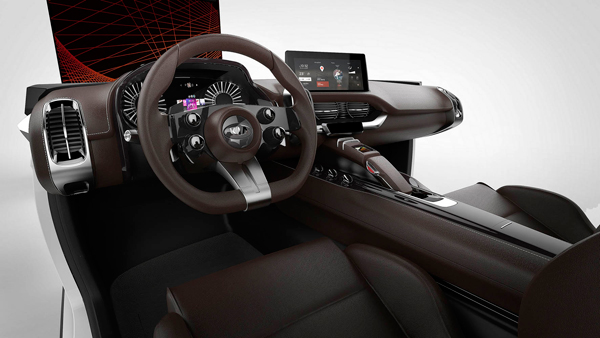 De I-Cockpit herkent ook de gebaren van de bestuurder, waardoor deze altijd zijn blik op de weg kan houden, wanneer de instellingen in het interieur aangepast moeten worden.
De I-Cockpit herkent ook de gebaren van de bestuurder, waardoor deze altijd zijn blik op de weg kan houden, wanneer de instellingen in het interieur aangepast moeten worden.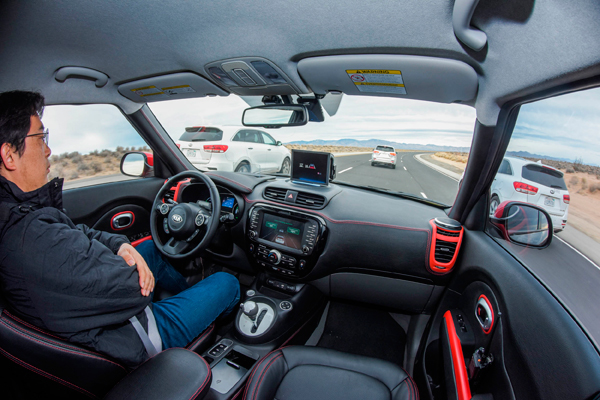 Licentie om Kia DRIVE WISE te testen op openbare weg
Licentie om Kia DRIVE WISE te testen op openbare weg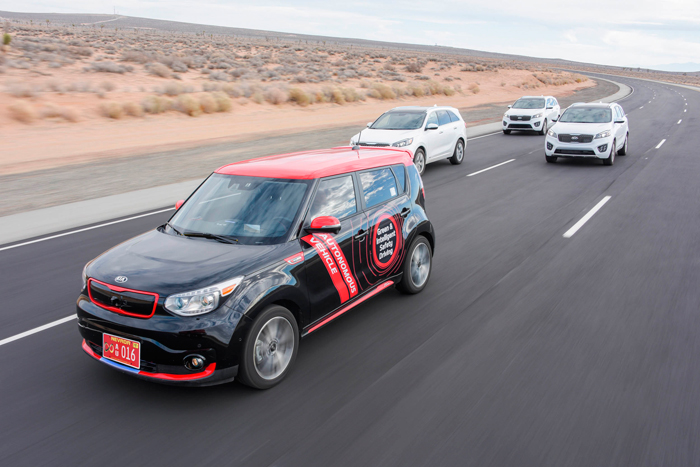 Binnen 15 jaar volledig autonome auto’s op de markt
Binnen 15 jaar volledig autonome auto’s op de markt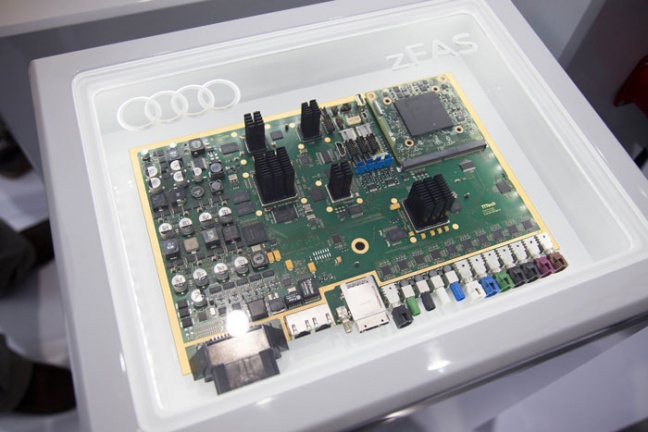
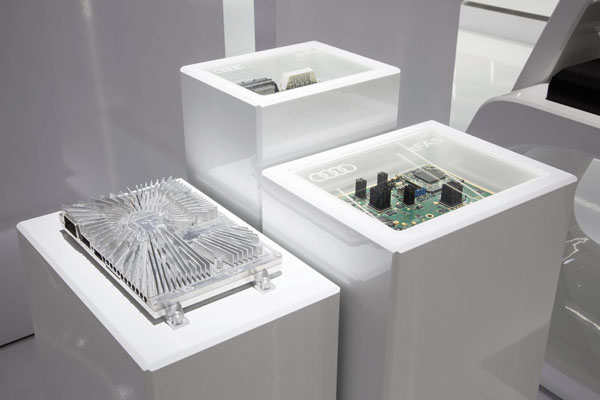 zFAS is ontwikkeld in samenwerking met toonaangevende tech-partners als TTTech, Mobileye, nVidia en Delphi. Het elektronische brein met het formaat van een laptop is in staat informatie van een groot aantal sensoren te verwerken. Op basis hiervan kan zFAS razendsnel een compleet ‘model’ van de directe omgeving van de auto samenstellen. Deze informatie wordt doorgegeven aan de verschillende assistentiesystemen. Daarmee is zFAS de spil in alle autonome rijfuncties.
zFAS is ontwikkeld in samenwerking met toonaangevende tech-partners als TTTech, Mobileye, nVidia en Delphi. Het elektronische brein met het formaat van een laptop is in staat informatie van een groot aantal sensoren te verwerken. Op basis hiervan kan zFAS razendsnel een compleet ‘model’ van de directe omgeving van de auto samenstellen. Deze informatie wordt doorgegeven aan de verschillende assistentiesystemen. Daarmee is zFAS de spil in alle autonome rijfuncties.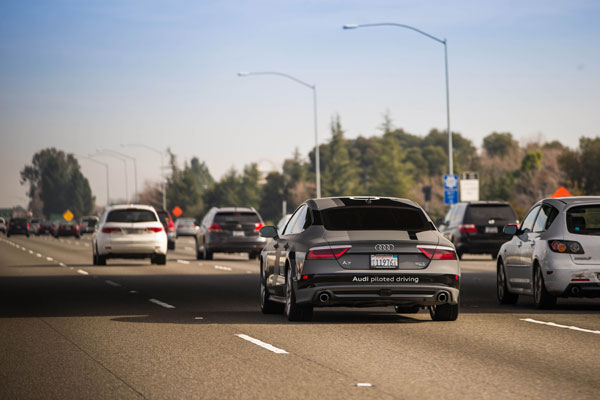 Voor het eerst geïntegreerd
Voor het eerst geïntegreerd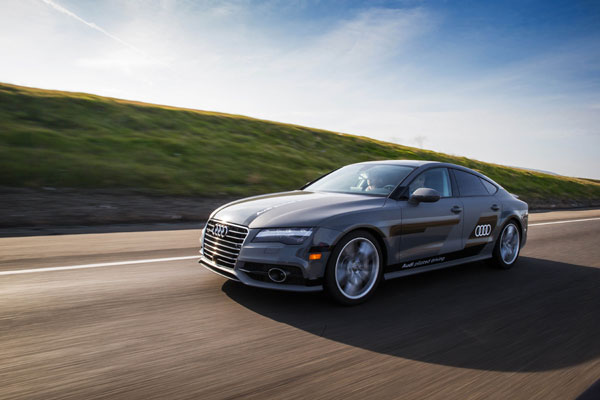 Compact als een laptop
Compact als een laptop 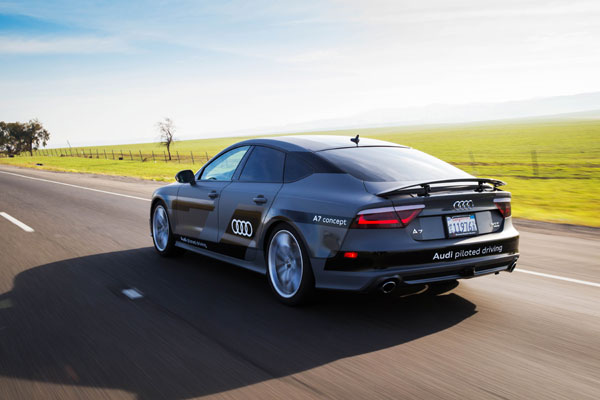 Zelflerende auto’s
Zelflerende auto’s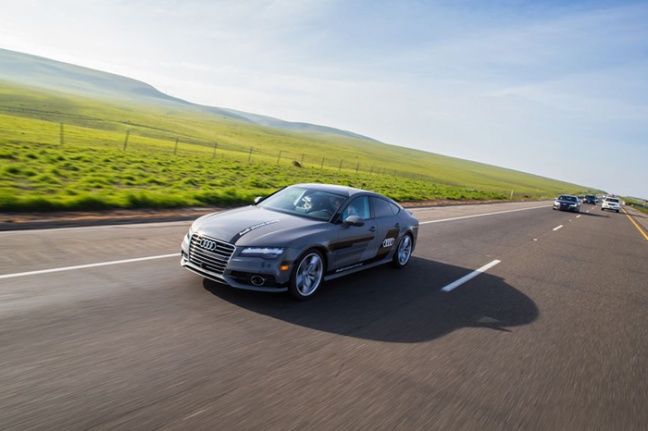
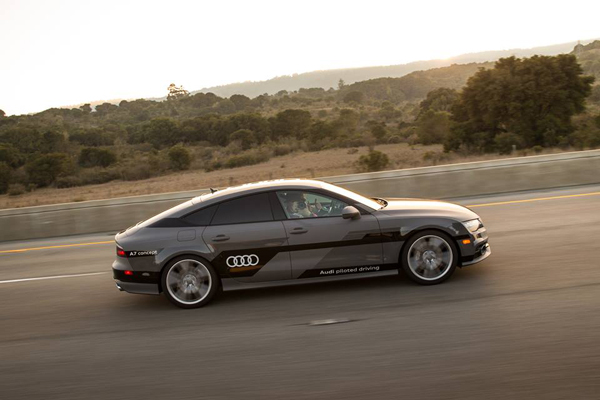 Rijbaanwisselingen en inhaalacties
Rijbaanwisselingen en inhaalacties Vooruitstrevende sensortechnologie
Vooruitstrevende sensortechnologie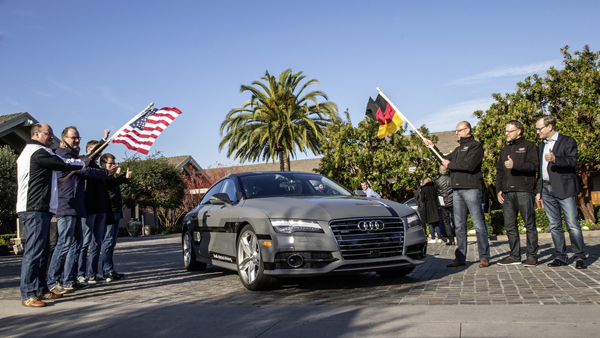 ‘Verbonden auto’
‘Verbonden auto’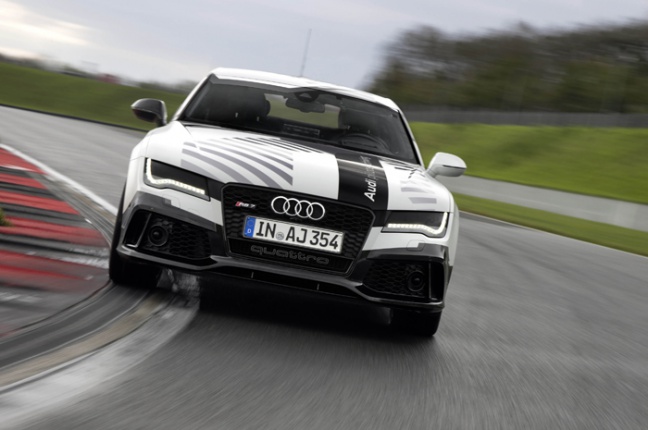
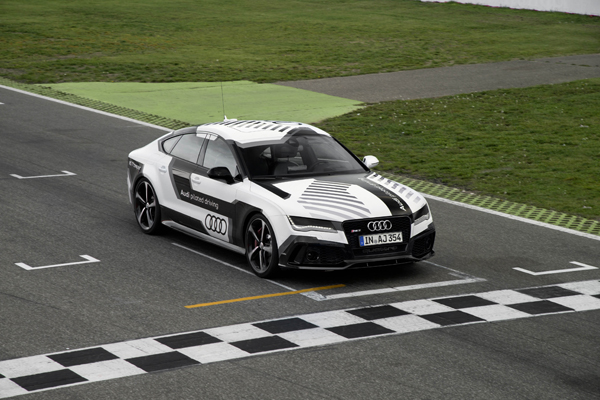 Met de demonstratie, waarvan een video hier te bekijken is, zette Audi opnieuw een belangrijke stap in de ontwikkeling van de autonoom rijdende auto. Voor het eerst is een auto namelijk in staat om zelfstandig, zonder bestuurder, op racesnelheid tot zelfs 240 km/u op de limiet te rijden. Het Audi RS 7 studiemodel had gisteren net iets meer dan twee minuten nodig om een ronde over het Hockenheimring-circuit te voltooien.
Met de demonstratie, waarvan een video hier te bekijken is, zette Audi opnieuw een belangrijke stap in de ontwikkeling van de autonoom rijdende auto. Voor het eerst is een auto namelijk in staat om zelfstandig, zonder bestuurder, op racesnelheid tot zelfs 240 km/u op de limiet te rijden. Het Audi RS 7 studiemodel had gisteren net iets meer dan twee minuten nodig om een ronde over het Hockenheimring-circuit te voltooien.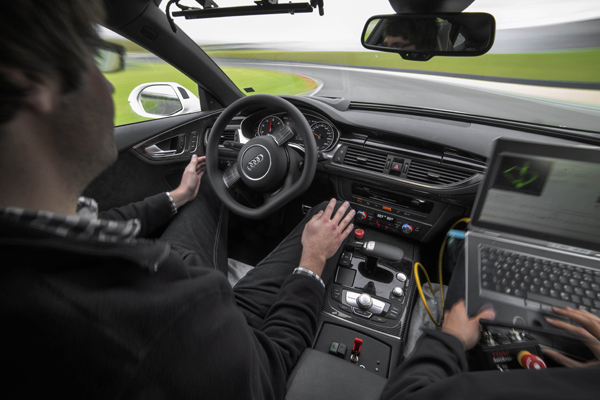 Tot op enkele centimeters nauwkeurig
Tot op enkele centimeters nauwkeurig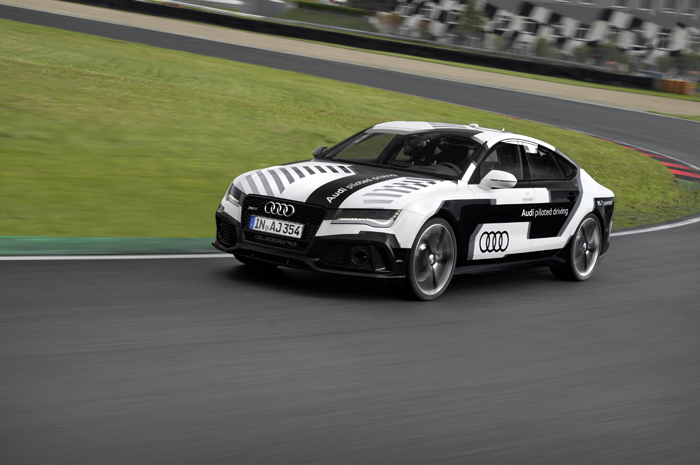 Zelfrijdende auto wordt realiteit
Zelfrijdende auto wordt realiteit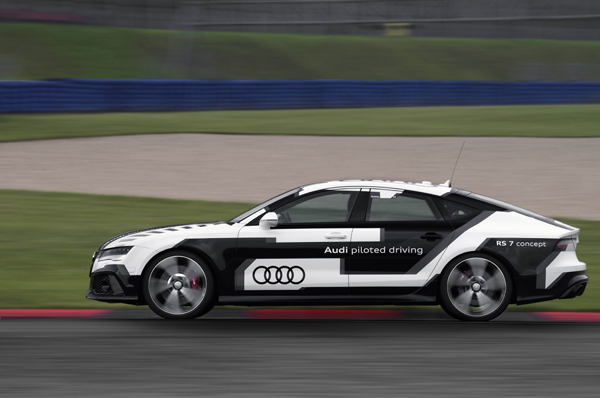 Rijassistentiesystemen van Audi zorgen er nu al voor dat autorijden comfortabeler en beter beheersbaar wordt. Het hoge ontwikkelingsniveau van deze systemen kan ondermeer worden ervaren in de vernieuwde Audi A6 en A7 Sportback. Tot het aanbod behoren Audi side assist, Audi active lane assist en adaptieve cruise control met Stop&G0-functie inclusief Audi pre sense front.
Rijassistentiesystemen van Audi zorgen er nu al voor dat autorijden comfortabeler en beter beheersbaar wordt. Het hoge ontwikkelingsniveau van deze systemen kan ondermeer worden ervaren in de vernieuwde Audi A6 en A7 Sportback. Tot het aanbod behoren Audi side assist, Audi active lane assist en adaptieve cruise control met Stop&G0-functie inclusief Audi pre sense front.